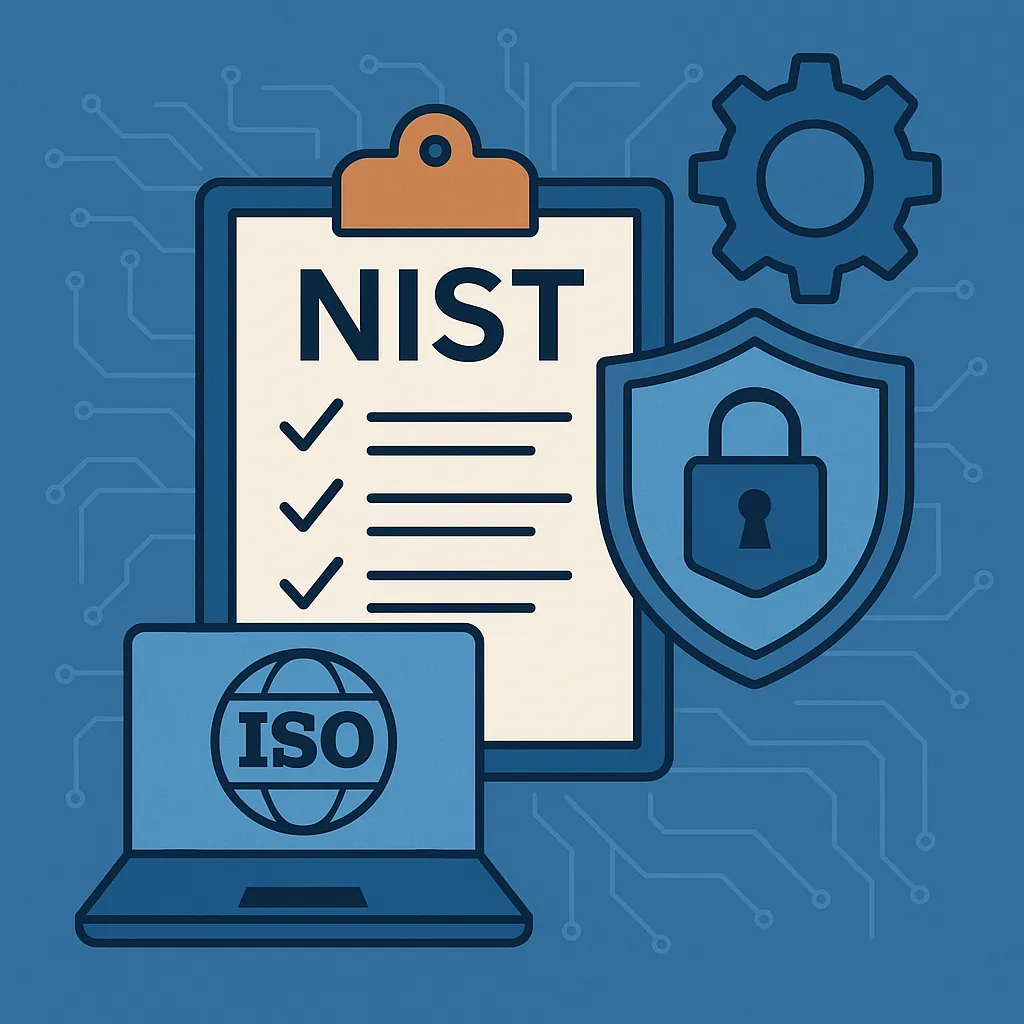Welcome to the wide world of cybersecurity, a crucial area of concern for businesses and governments alike. Cybersecurity isn't just technical jargon; it's a fundamental pillar that supports our digital and real-world assets. This blog aims to demystify one of the most comprehensive tools in cybersecurity management: the National Institute of Standards and Technology's Cybersecurity Framework (NIST CSF).
What is the NIST Cybersecurity Framework?
First introduced in 2013 and recently updated to version 2.0 in 2024, the NIST Cybersecurity Framework is a voluntary set of guidelines and best practices designed to help organizations manage cybersecurity risks. Compiled through collaboration between the U.S. government and industry leaders, it aims to offer a standardized approach to securing information systems. Read more...
Components of the Framework
The framework is divided into five primary areas, expanded to six in the latest version 2.0:
- Identify - Understanding your digital environment and associated risks.
- Protect - Implementing appropriate safeguards.
- Detect - Developing mechanisms to identify breaches.
- Respond - Formulating actions to mitigate the effects of a breach.
- Recover - Plans for restoration and resilience post-incident.
- Communicate - Newly added in version 2.0, focuses on disseminating information internally and externally.
The framework encourages adaptation to suit specific business or operational needs, making it a versatile tool across various industries. Learn about the 2.0 update...
Why Use the NIST Cybersecurity Framework?
The primary value of NIST CSF lies in its flexibility and comprehensive approach to risk management. It serves both large corporations and smaller businesses, providing a clear pathway to stronger security postures. By mapping out every aspect of the cybersecurity landscape, it aids in decision-making and prioritizes actions based on the organization's specific risks, resources, and industry requirements.
Real-World Application
Take, for instance, the global retail giant that recently adopted NIST CSF to revamp its security strategy. Prior to implementation, the retailer faced frequent data breaches and system downtime. By aligning their security measures with the CSF guidelines, they have reduced incidents by 32% and improved recovery times by 50%.
Beyond Frameworks: The Future of Cybersecurity Regulation
While NIST CSF provides a robust foundation, solely relying on frameworks may not be sufficient in the rapidly evolving cyber landscape. Recent Supreme Court decisions and global policies continually reshape the regulatory environment, impacting how frameworks are implemented. Understanding these changes...
Your Role in Cybersecurity
Cybersecurity is not a fixed state but a continual process of improvement and adaptation. Here are some actionable steps you can take:
- Stay informed about the latest in cybersecurity frameworks and regulations.
- Regularly assess and update your cybersecurity practices.
- Participate in industry forums and collaborative groups to share knowledge and learn from others.
In conclusion, while the NIST Cybersecurity Framework provides an excellent starting point, it is part of a broader suite of actions and adaptations necessary for modern cybersecurity. By understanding and applying this framework, you can significantly enhance your organization's security posture.

